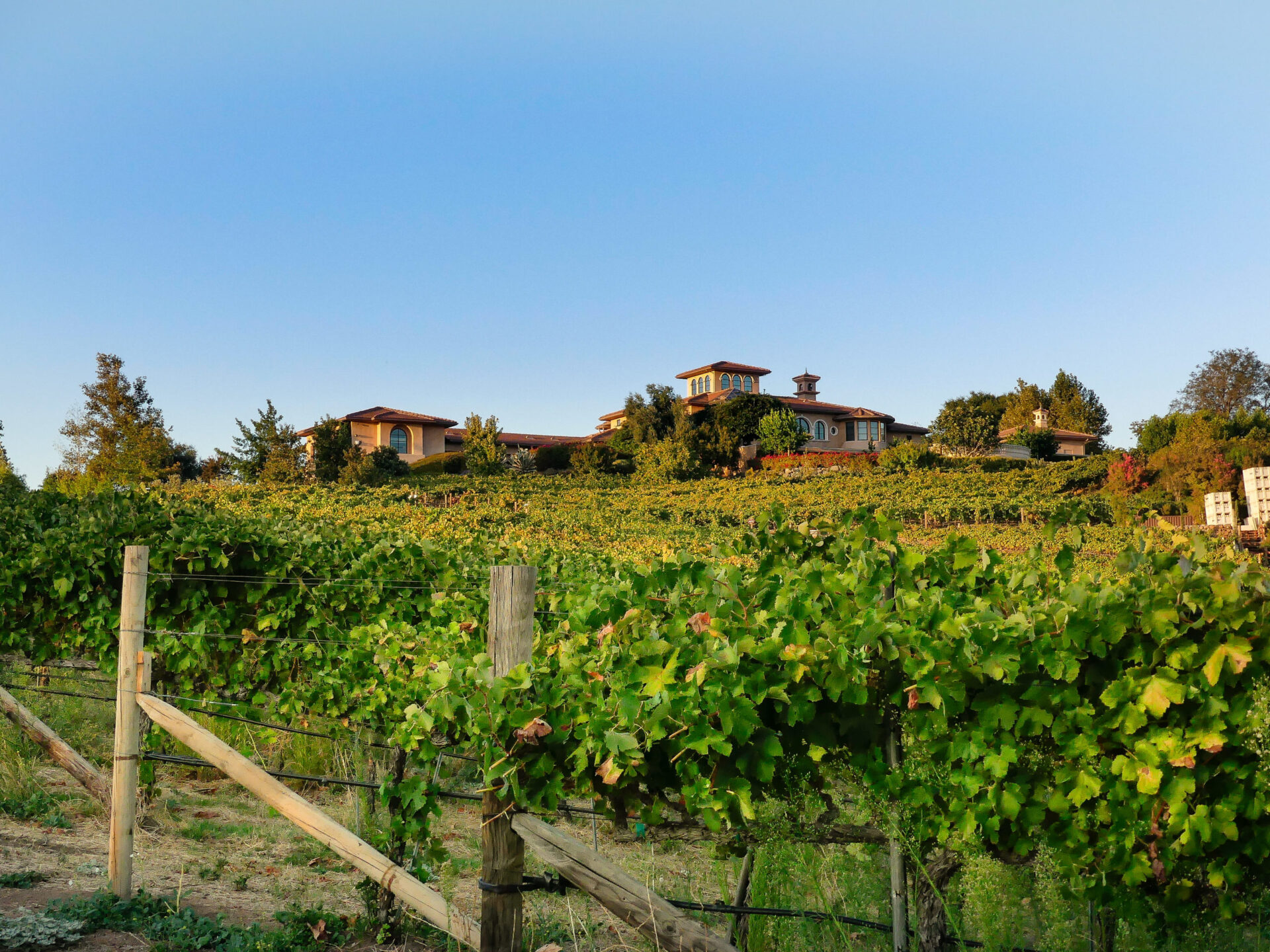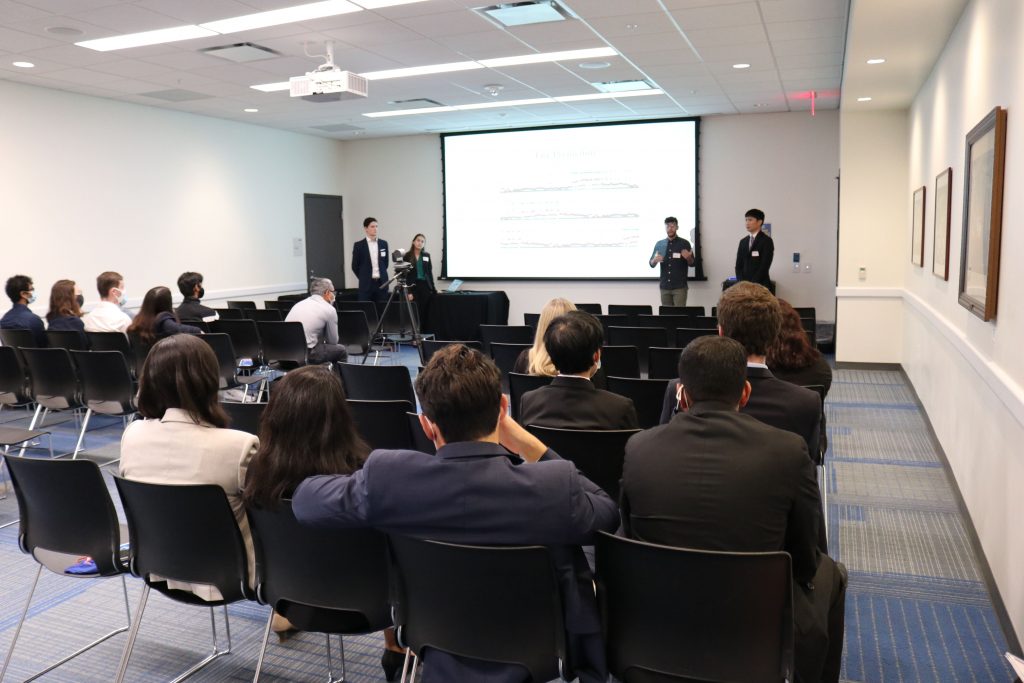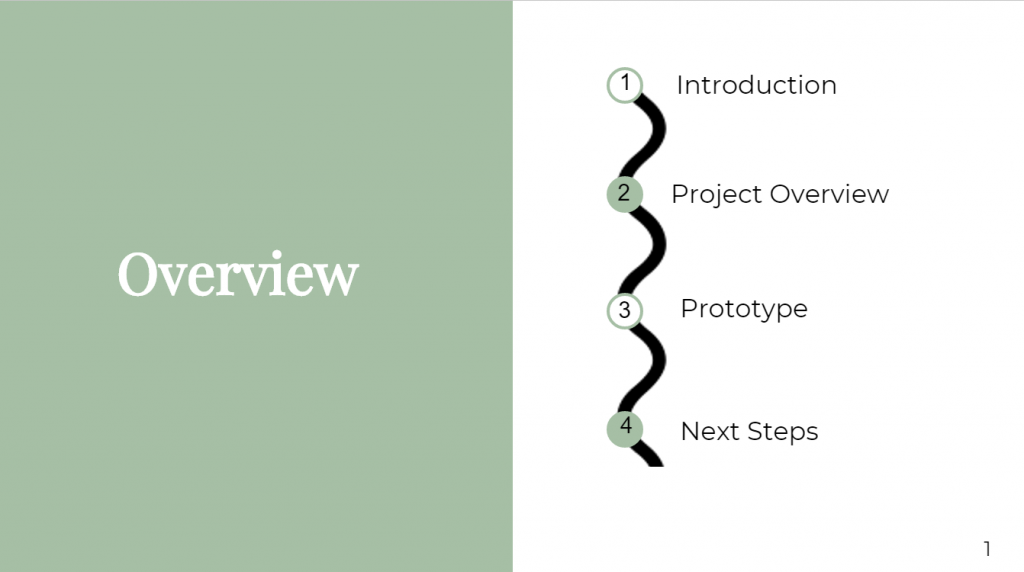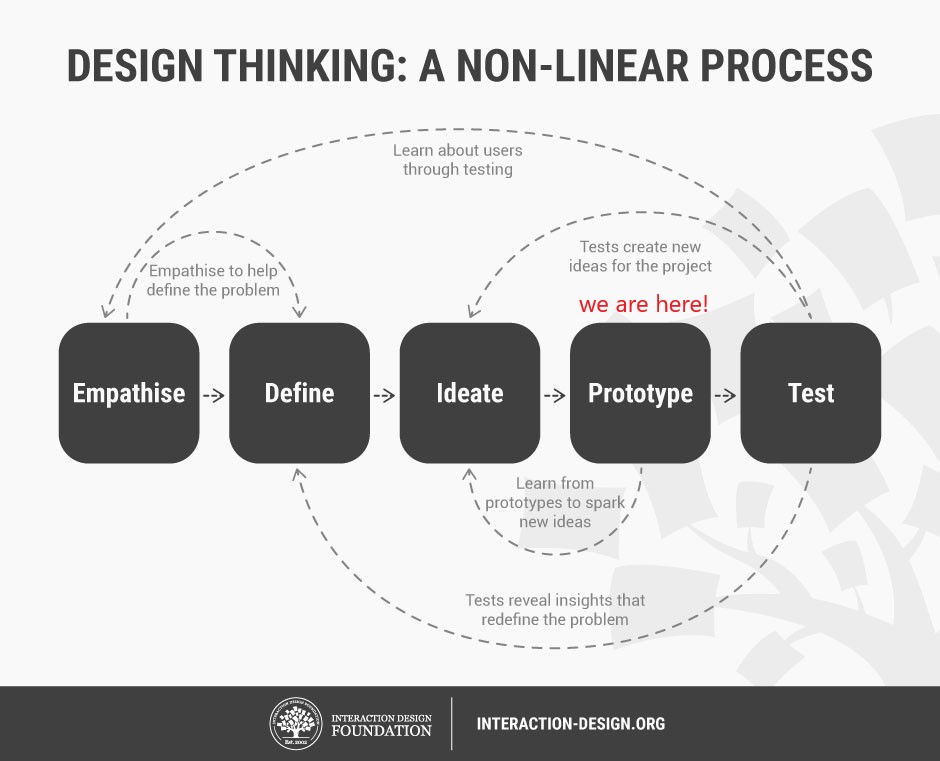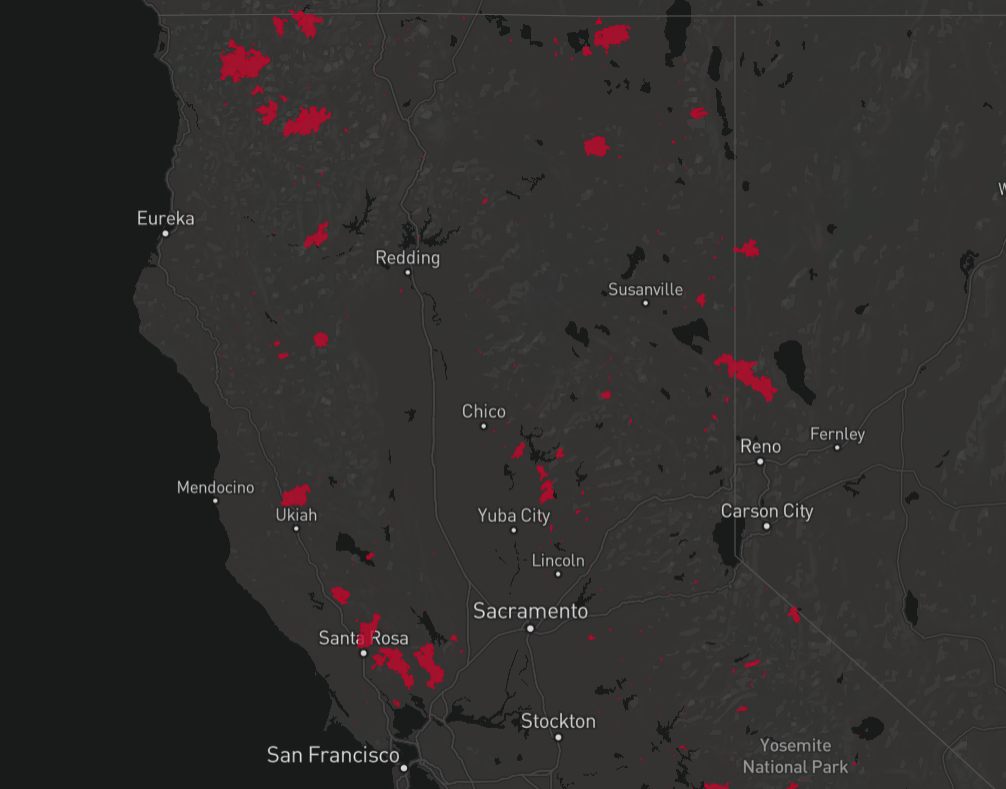
This week, Grape Expectations received approval for our proposed project timeline, and we’ve been getting to work on updating our project.
During the class block this week, the team presented our proposed project timeline to a panel of other projects’ faculty coaches. We were able to demonstrate the work that we accomplished in the previous semester and our current plan for the future. Additionally, we demonstrated our collaboration and continued communication with our liaisons that have led us to success thus far in our project. Overall, the judging committee was impressed with our progress and encouraged us to continue our pace moving forward!
In terms of project progress, sub-sections of the team accomplished many outcomes in different areas. The drought model accuracy was improved by adding forecast inputs in order to further refine the predictions. The current state of the fire model was finalized in order to prepare for integration with Terraview’s services in the coming weeks. The CS and BE teams joined forces to revisit the data that was found last semester to try to convert it into a form that is usable in the fire model. Finally, pest research continued and data about pests of interest was collected.
Overall, all sectors of the team are making steady progress towards our goals.

